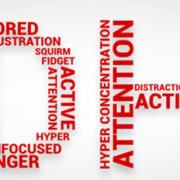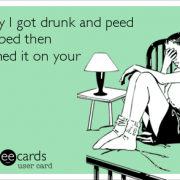Physical activity and learning
A recent study has shown that, to improve the memory of what we have learned, it is best to do physical activity… 4 hours later!
The results of the study show that if we plan our schedule accordingly, we can maximize learning.
Precisely, we have seen that it is associative memory that improves. As well, exercising four hours after having studied favors the functioning of the hippocampus, responsible for short-term memory. We can add to this that the hippocampus also helps us with orientating ourselves in space. It’s convenient when you don’t want to be late for an appointment, for example! The hippocampus also allows us not to forgive our wallet or our keys, for example.
If it’s true that the exact mechanism of how exercising 4 hours after studying helps us with memory, what is known is that physical activity promote the release of specific neurotransmitters, namely dopamine and norepinephrine. These two substances can improve memory consolidation.
One can think that if the body is aligned and stable, the effects of exercising to promote better memory can only be greater. When one considers that posturology activates areas of the brain responsible for both movement and memory, adding posturology to any regimen can only lead to a win-win!





